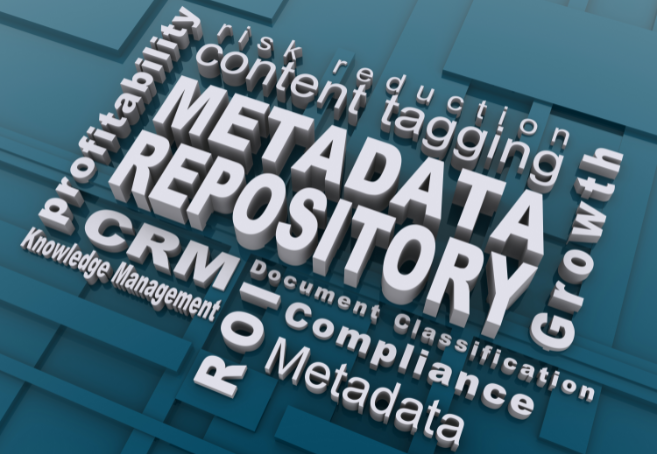In today’s fast-paced digital music landscape, efficient metadata management is more important than ever for music publishers, record labels, administrators, and music rights organizations. Metadata—the information about a song, such as artist names, songwriters, release dates, and rights holders—fuels everything from royalty payments to digital distribution. However, managing metadata across large music catalogs can be a daunting task.
That’s where Metadata Repository Software comes in. It centralizes and organizes your metadata, ensuring it’s accurate, accessible, and up to industry standards. But how can you successfully integrate this software with your existing music catalog? Here’s a step-by-step guide to help you make the transition seamlessly.
1. Assess Your Current Metadata Landscape
Before you begin integrating new software, it’s crucial to audit the state of your current music catalog. Are your metadata records accurate, consistent, and complete? Identify any gaps or inconsistencies. Many organizations face challenges like missing songwriter credits, outdated release information, or fragmented data across multiple systems. Understanding the current landscape will help you configure your Metadata Repository Software more effectively.
2. Select Metadata Repository Software That Fits Your Needs
Every music company has unique requirements when it comes to managing metadata. Whether you’re a record label, a music rights organization, or a publisher, ensure that the Metadata Repository Software you choose integrates seamlessly with your existing workflows and systems.
Key features to look for include:
- Compatibility with existing catalog formats (e.g., CSV, XML, or DDEX)
- Flexible import/export options for easy integration
- Advanced search and filtering capabilities for large catalogs
- Customizable fields to accommodate specific metadata needs (like ISRCs, IPIs, etc.)
3. Automate Metadata Cleansing and Standardization
One of the most common challenges in music metadata management is ensuring that the information is clean and standardized. Metadata Repository Software should provide built-in tools to automate the cleansing and standardization process. This can significantly reduce manual errors and save time.
Common features include:
- Fuzzy matching for similar entries
- Automated duplicate removal
- Standardization of formats for fields like dates
4. Map and Migrate Your Data
Integrating your existing metadata into the new repository software is one of the most critical steps in the process. Depending on the size of your music catalog, this can be a complex task. Ensure that the repository system is capable to map your old data fields to the new system to avoid losing important information.
5. Ensure Compliance with Industry Standards
To avoid complications with music distribution platforms, licensing partners, and collection societies, it’s vital to ensure that your metadata complies with industry standards. For example, Digital Data Exchange (DDEX) is a widely accepted standard in the music industry for metadata formats.
By integrating compliant Metadata Repository Software, you can automatically align your data with these industry protocols, ensuring that your music catalog is always ready for licensing and distribution without manual intervention.
6. Monitor Performance and Continuously Optimize
Even after the software is fully integrated with your music catalog, it’s essential to monitor its performance regularly. Analyze key performance indicators (KPIs) such as data accuracy, processing speed, and catalog searchability. This will help you make necessary adjustments to optimize performance over time.
Integrating Metadata Repository Software with your existing music catalog is a powerful step toward more efficient and accurate data management. Whether you’re a music publisher, record label, or rights organization, this software can streamline processes, eliminate duplicate records, and keep your metadata compliant with industry standards.Ready to streamline your music catalog with the latest Metadata Repository Software?
Contact us today for a demo and see how our solution can transform your metadata management process!

